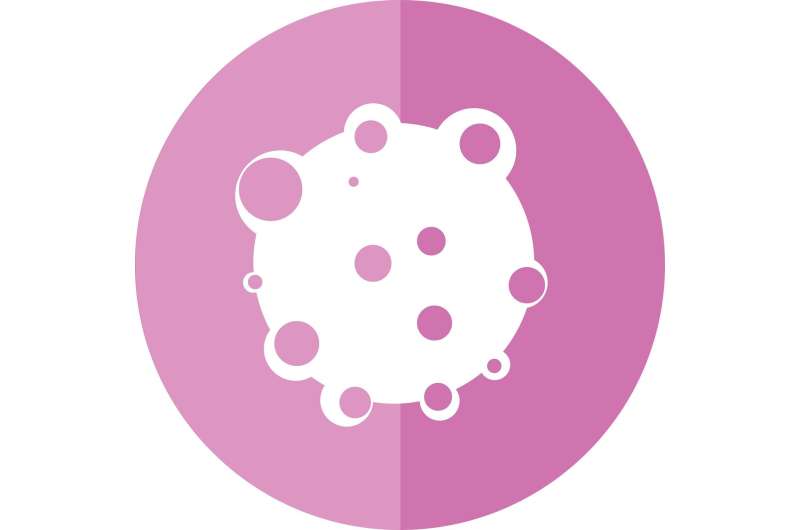
What is the best way to monitor a brain tumor? This question is at the heart of a new Position Statement published in open-access journal Frontiers in Oncology. The article is the work of a large collaboration of UK experts and stakeholders who met to discuss the value of routinely imaging brain tumor patients to assess their tumor treatment response, which is known as “interval imaging”. Their verdict: there is very limited evidence to support the practice at present. However, the article also discusses how future research could determine and maximize the value of interval imaging by assessing its cost effectiveness and how it affects patient quality of life, treatment and survival.
Medical staff use brain scans at predetermined times to assess if a brain tumor patient is responding to treatment, but scanning frequency can range from every few weeks to every few months. Different countries and hospitals use different approaches, but what is the best approach and is any of this based on science?
Getting things right is important. Not scanning someone enough could mean that doctors miss the signs that a patient requires further treatment. Conversely, scanning someone excessively is inconvenient and impractical for patients and medical staff alike, and can cause patient anxiety, especially if the results of the scan are unclear.
Scanning patients is also expensive, and with limited budgets, healthcare facilities need to use their resources as cost-effectively as possible. Most interval imaging aims to find increases in tumor size, but tumors grow differently in different patients, which sometimes makes it difficult to draw concrete conclusions from interval imaging results. Would patients be better off receiving scans only if they experience new symptoms?
A group of experts and other stakeholders met to discuss these issues in London in 2019. The group was diverse and included numerous people with an interest in these issues. “Charity representatives, neuro-oncologists, neuro-surgeons, neuro-radiologists, neuro-psychologists, trialists, health economists, data scientists, and the imaging industry were all represented,” said Dr. Thomas Booth of King’s College London and the lead author on the article. Their findings are presented in this latest Position Statement.
The group discussed the evidence behind current interval imaging practices in the UK. “We found that there is very little evidence to support the currently used imaging interval schedules and that the status quo is no more than considered opinion,” said Prof. Michael Jenkinson of the University of Liverpool, and senior author on the article.
So, how can we determine if interval imaging is valuable? The meeting participants also discussed a variety of potential research approaches that could cast light on the most important factors—patient quality of life, patient survival, and cost effectiveness. However, this is not without its challenges.
“The treatment complexity and relative rarity of brain tumors mean that solutions beyond traditional ‘randomized controlled trials’ alone are required to obtain the necessary evidence,” said Booth. “We propose a range of incremental research solutions.”
Source: Read Full Article
